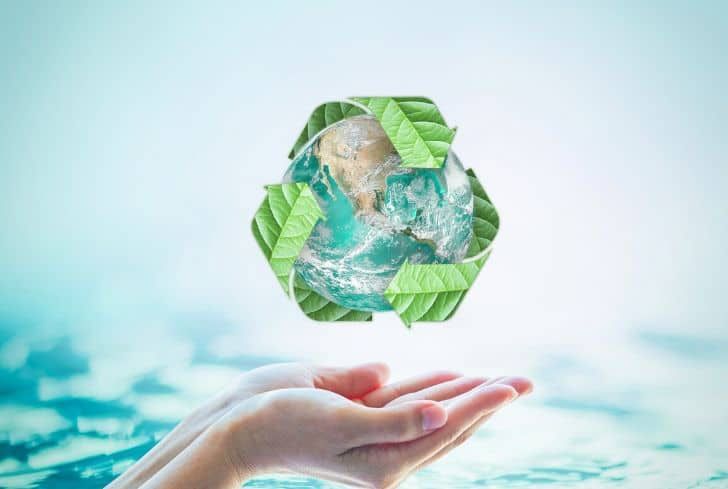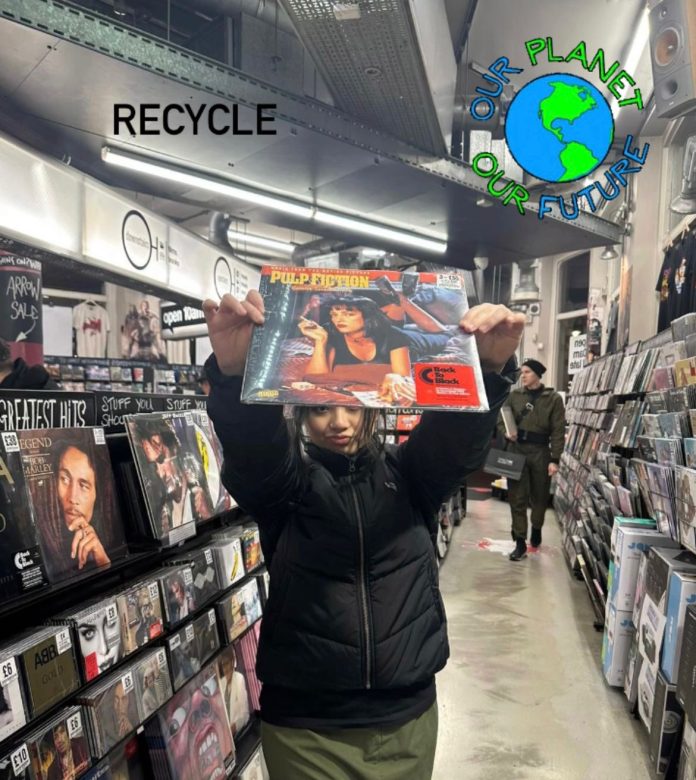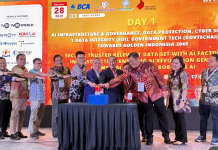Jakarta, Komite.id – The first standard is greening standards in the context of food. In recent years, there has been a noticeable rise in alternative food initiatives that aim to use the market to reduce the detrimental social and environmental effects of production and trade in a globalized food system (Jaffee and Howard, 2009). These alternatives present a challenge to larger agribusiness’ externalization of environmental costs and profit accumulation (Jaffee and Howard, 2009).
The largest coorporation and leading coffee seller in the world, Nestlè, was granted permission by the UK’s Fairtrade Foundation in late October to use the fair-trade seal on a single small line of coffee that would be sold in British supermarkets (Tucker 2006, p.7). The “Organic Trade Association Rider,” a legislative provision that agriculture groups vicariously fought for, was approved by the U.S. Congress in the first week of November. This action overturned a federal court decision and drastically undermined the 4-year-old USDA Organic Standards (Dupuis and Gillion, 2009).
The two choices, despite having significant differences, were both illustrative of the same two phenomena: the growing involvement of corporate agri-food players in the lucrative organic and fair trade “game” and their attempts to change the rules of that game in their favour (Jaffee and Howard, 2009). Both decisions were contentious and sparked outspoken criticism from many activists and consumers who felt that their respective standards had been “sold out” to corporate interests whose true goal was to make them ineffective (Jaffee and Howard, 2009).
Numerous analysts have examined the nature of the threat that a variety of “alternative” projects, beginning in social movement action, offer to the socially and environmentally harmful conventional capitalists’ relations that rule the world’s food system (Jaffee and Howard, 2009). Theoretically, these alternative markets present a barrier to businesses’ externalization of environmental costs and their exploitation of wage workers and small farmers, so limiting their commercial activities and lowering earnings (Jaffee and Howard, 2009).
 According to Berners-Lee (2021), following one of the greening standards, it is indicated that a variety of genetic alterations, lab meat, or using solar power for irrigation are all on the table. The global resistance to reducing meat and dairy products may be addressed with the use of these technical standards and initiatives (Berners-Lee, 2021).
According to Berners-Lee (2021), following one of the greening standards, it is indicated that a variety of genetic alterations, lab meat, or using solar power for irrigation are all on the table. The global resistance to reducing meat and dairy products may be addressed with the use of these technical standards and initiatives (Berners-Lee, 2021).
The essential point to understand about emerging technologies is that, while they have the potential to be beneficial if they are used in ways that are considerate of both people and the environment, they cannot independently, bring about a world where everyone has enough, where biodiversity is preserved, or where the fundamental connection to nature is restored. Because the world’s population is steadily increasing, emerging technologies that profit from the refusal of governments around the world to reduce the production of meat and dairy products may be extremely time-consuming, demanding countless resources, carrying high expenditures, and costing a lot of money.
Greening goods is the next strategy in the case of the automotive industry. Governments and municipalities are predicting that a mass switch to BEVs will greatly reduce transport-related carbon emissions. The topic of electric vehicles future people produced and the difficulty of unmaking them. This implies the claim that their nationality determined contributions to emissions reduction within the Paris Agreement (Morgan, 2020). However, matters are more complicated than they seem.
There is a difference to be made between relying on human creativity to tackle issues as they arise and fundamentally reshaping society to stop harmful trends. Given that the BEV’s lifecycle is the key concern here and that this is not in any way a zero-emission vehicle, the contribution to emissions reduction per car unit may be less than the public initially believes (Morgan, 2020).
Although one can argue that BEVs are a better option than internal combustion engines driven by fossil fuels, the switch to BEVs may make it easier to go over the carbon budget that the Paris Agreement ultimately depends on (Morgan, 2020). This heavily depends on the type of transition-shaping strategy. If the change is a form of substitution that follows current scales and trends in private transportation rather than deviates from them. That represents a major decrease in individual ownership of powered vehicles and a fundamental rethinking of what private transportation and public transportation are all about (Morgan, 2020).
The UK has one of the greatest records in the world for lowering emissions (Morgan, 2020). It would be incorrect to assume that emissions reduction shows a consistent pace that can be extrapolated from the past into the future (Morgan, 2020). Both internationally and domestically, this is applicable. The closer one gets to net zero, the more challenging or resistant is likely to accomplish reductions. Some local or national sources of relative reduction have differing relevance on a global level (Morgan, 2020).
The final strategy is greening production in the case of electricity. This discussion examines e-vehicles and solar energy as solutions to the ecological problem. The largest contributor to human-induced climate change is emissions from burning fossil fuels, and these emissions are expected to be harmful to humans (Berners-Lee, 2021). Action is required since it will take time to slow down and then reverse the causes of climate change. This means we must gradually stop burning fossil fuels at a high rate and switch to clean or renewable sources of energy.
Other energy sources, particularly coal, are impacted by the usage of solar PV technology for electricity generation (Centre for Financial Accountability 2018, Mundy 2019). Pollution and carbon dioxide can be reduced with the aid of solar PV modules. Since coal is the most polluting non-renewable energy source, solar PV should be used instead of coal to create power to have the greatest impact (Greenpeace, 2019).





















